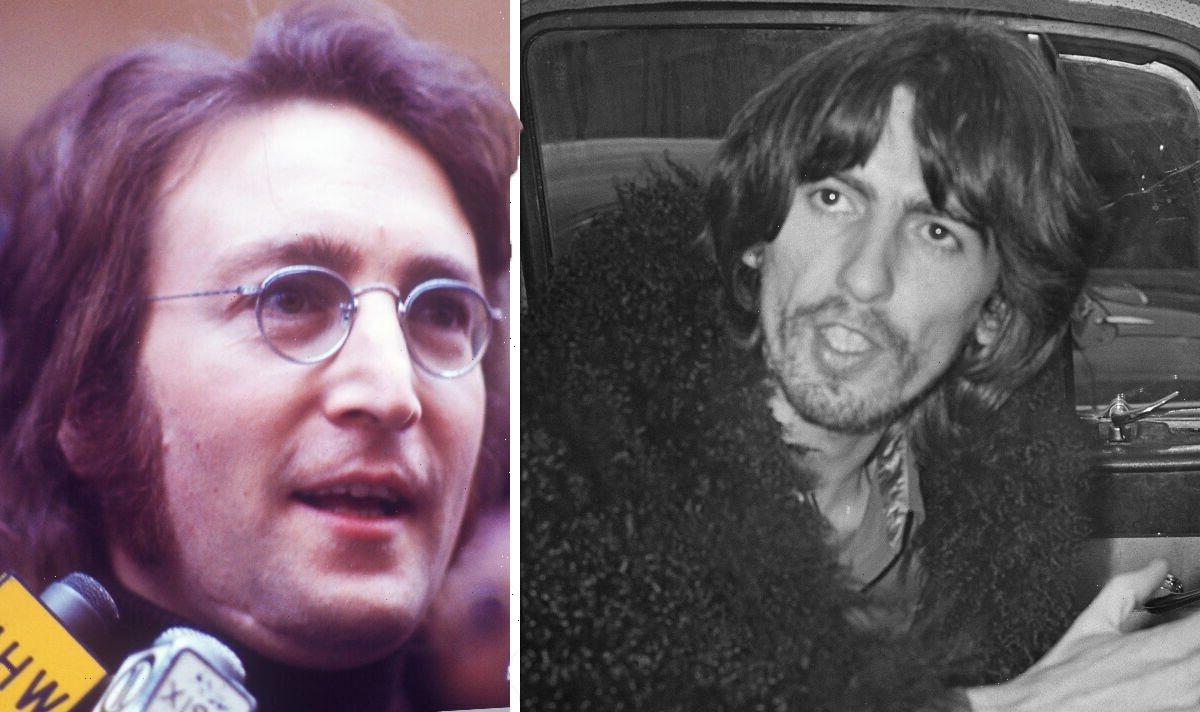To view this video please enable JavaScript, and consider upgrading to a webbrowser thatsupports HTML5video
Only people with big foreheads will know the things they do to cover it: bangs that conceal (à la Dakota Johnson), selfies that avoid the hairline, hats, scarves and other creative things to hide what is colloquially dubbed as a ‘fivehead’.
But, of course, a large forehead is nothing to be ashamed of (think how great Tyra Banks, Rihanna, Ryan Reynolds and co, look – no one is telling these guys to hide away).
Regardless, many who feel self-conscious about the extra space are resorting to a surgery that seems to be growing in popularity.
All over TikTok, and Instagram too, people – particularly young women – are sharing details of their hairline lowering surgery.
It’s worth pointing out that this is different to a hair transplant, which people with hair loss and/or a receding hairline might do. A hair transplant involves taking a thin strip of hair from the back of your head and placing it onto tiny cuts made at the front of the scalp.
Whereas a forehead reduction surgery involves taking the hair-bearing scalp and separating it from the underlying bone and then advancing it forward. This reduces the natural size of the forehead.
Let Dr Aamer Khan, who co-founded the Harley Street Clinic, tell you how it all works.
‘Forehead reduction surgery is a cosmetic procedure that can help to reduce the height of your forehead,’ he tells Metro.co.uk.
‘Larger foreheads may be due to genetics, hair loss, or a consequence of other cosmetic procedures. This surgical option — also known as hairline lowering surgery — can help balance the proportions of the patient’s face.
‘It’s different from a brow lift procedure although both may be used in conjunction to revamp the upper facial area and patients can request these are done in the same session.’
Dr Aamer, who has worked in cosmetic treatments for the last 17 years, says there’s been a recent wave of people getting this surgery, for multiple reasons.
‘Forehead lowering is increasing as are most surgical and non invasive procedures,’ he explains.
‘The surge in interest may in part driven by people who wish to “feminise” themselves i.e trans people, as well as people suffering cosmetic hair stress as result of using weaves, extensions to artificially extend their hair – which is known to cause breakage and what we term traction alopecia on their forehead.
‘More generally, we are seeing an increase in the number of people seeking to regain their confidence after experiencing hair recession and especially male alopecia, whereas in the past such procedures were arguably more taboo.
‘Results show this restores the self-confidence of many patients.’
This is certainly true for Nikki Dawes, a 27-year-old psychology student, from Florida, who had the procedure done just last month.
She has shared her experience on TikTok, showing before and after pictures as well as answering questions on upkeep. Though in the very early stages of her recovery, Nikki is feeling glad she got the treatment done.
She tells Metro.co.uk: ‘The procedure started with getting a consultation, telling the consultant where you want your hairline to be lowered to.
‘Then later, I went to my surgery and got put under. Once the surgery was over, I was out of it for about a week.
‘I rested during this time, my face was very sore, even on pain meds.’
After about eight days, Nikki began feeling better.
She adds: ‘Now I’m feeling really good, and I’m back to doing normal activities. I just can’t do any workouts or lift heavy stuff for a few weeks.’
How does the forehead reduction work, then?
Dr Aamer explains that a plastic surgeon begins by marking the hairline and area of forehead to be removed with a surgical skin marker.
‘Next, great care is taken over the positioning of the cut in order to preserve hair follicles and nerves.’ he says. ‘Local anaesthetic is then applied to the entire forehead area to help reduce pain and bleeding.’
Next, the pretrichial incision (an incision in front of the hairline) is made along the marked area, and the surgeon will carefully separate the skin from the connective tissue underneath and cut out the area marked for removal.
The top incision along the hairline is then pulled down to join the forehead incision thus closing the gap and shortening the forehead.
He continues: ‘The skin is sutured together in a way to minimise scar formation and therefore be almost completely hidden upon hair regrowth. Remember, a reputable surgeon will ensure this step is followed where the scar is inserted under the hairline in order to obtain the best recovery results.’
But, he adds, for some people – particularly if they have more melanin – hyperpigmentation and keloid scarring may occur.
So, what does this cost, and how long is the recovery?
Prices range considerably and can be anywhere from £4,000 to £13,000 depending on the clinic and surgeon chosen.
As for aftercare, patients are expected to keep the area clean and using bio oil, coconut oil or vitamin E oil over the first 14 days following the procedure, in order to maintain the suppleness of the scar.
Dr Amer says that after seven months, you can expect to be 80% recovered, with best results showing between 12-18 months.
Do you have a story you want to share?
Email [email protected] to tell us more.
Source: Read Full Article




